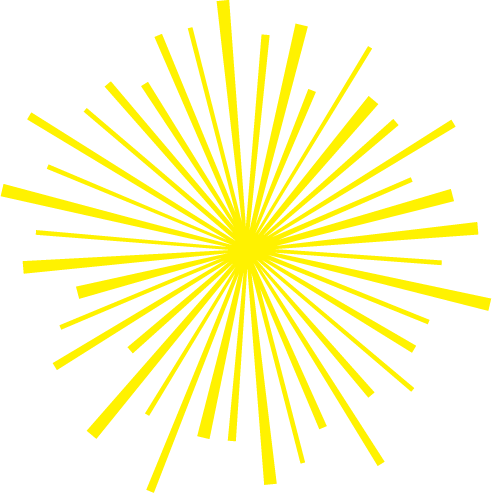Pretty: Useful
Jasna Guy + Lincoln Best
JULY 5, 2019 TO SEPTEMBER 15, 2019
Project Room Gallery
ABOUT
The title “Pretty: Useful” hints at the language that we use to talk about plants. The artist asks how that use of language reflects our relationship to the plants themselves? Beautiful, useful, native, exotic, medicinal, noxious, aggressive, lucrative, rare, decorative, weedy, healing, ornamental.
Our discourses on vegetal life range widely from scientific classification, to political and economic standpoints. We are perhaps, so accustomed to seeing plants as a given part of our human environment, that we do not think about plants at all, and perhaps, they become mere backdrops in our busy lives? A decorative plant for the side board.
Guy questions our relationship to plants, and wonders if we can move beyond seeing them as objects for our own use, to a less privileged one where we can appreciate plants for themselves, with no question of value or worth to us. As Robert Harrison writes in his book, Gardens: An Essay on the Human Condition: “We historically have lived as if the earth was given for us, a privileged environment, with no sense of responsibilities towards its care. We saw ourselves as consumers and receivers.”
Many flowers need the help of insects or small animals to reproduce, that is, they need their pollen to be carried from one blossom to another blossom of the same plant, so that the plant may be fertilized and it can then set seed or fruit. Pollinators, in turn, need to eat; they require the nectar and pollen that flowers offer, both for their own sustenance and for their young. There is a symbiotic relationship between pollinators and flowers, and the two have evolved together into complex relationships of giving and receiving.
Not many people are aware that there are over 20,000 different species of bees on this planet. Over 500 of them call British Columbia home. In order to demonstrate a fragment of the diversity of bee species found here in the Okanagan Valley, entomologist Lincoln Best has assembled here a sampling of specimens that range from the tiny black bees to brilliant green metallic bees, to large and fuzzy bumblebee queens.
Perhaps we might consider, that neither flowers nor bees exist in isolation, but relationships and ecologies inform their existences, and that we play an important part in maintaining those relationships. As John Muir so adroitly said, “When one tugs at a single thing in nature, s/he finds it attached to the rest of the world.”
FEATURED ARTISTS
JASNA GUY
LINCOLN BEST






